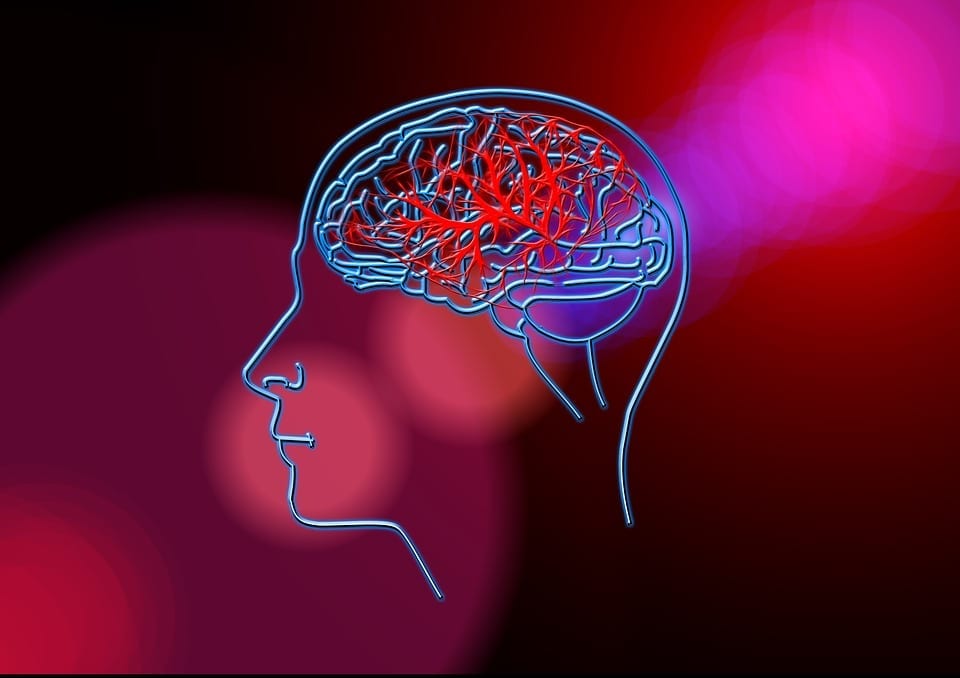Intravenous sedation is a useful tecnhique that enables dental procedures to be carried out with the patient in a completely relaxed state. Often the patient is quite unaware that anything has been done. The technique does NOT involve a full general anaesthetic and avoids many of the complications and risks associated with general anaesthesia. Intravenous sedation is inherently safer than general anaesthesia. There is also the advantage that the patient can eat and drink normally before the procedure.
There are two groups of patients that can benefit from the technique.
1. Patients who are sufficiently apprehensive or phobic to be unable to contemplate or tolerate routine dental procedures.
2. Patients contemplating particularly unpleasant procedures, for example minor oral surgery, wisdom tooth removal.
Very often there is a combination of 1 and 2 above.
“Dental Phobia” is very common, notable as one of the “top ten” phobias. Research shows that up to half the population only go to the dentist when they have a problem, and a significant proportion of these may be classed as “phobic”. Many of the most apprehensive patients in this category report that they have previously suffered a very unpleasant experience at a dentist’s surgery. Very often this “bad experience” occurred when the patient was a child.
Patients who have not attended a dentist for a long time tend to feel possibly somewhat ashamed of the condition of their teeth. There may be some obvious problems that the patient knows will need attention, although very often things are not as bad as the patient thinks. Research shows that these patients tend to fear that if they went to consult a dentist, he/she might be annoyed with them for neglecting their teeth for so long. Some of the patients whom I have successfully treated have been so apprehensive that the initial consultation had to take place away from the environment of the surgery.
Many apprehensive patients can be successfully treated simply by being gentle, taking extra time, and ensuring that everything is very carefully explained before anything is done. For some though, anxiety cannot be overcome so easily, and particularly if there is much treatment to be completed, sedation is often the answer.
When sedation is administered, a patient is put into an extremely relaxed, drowsy state. One of the properties of the drug used is that there is a short period of profound amnesia. The drug I use is called Midazolam. Amazing though it seems, the patient is totally relaxed and unaware of the passage of time for up to 40 minutes. As the patient is still technically conscious, it is usually necessary for the dentist to also give a local anaesthetic. The patient is unaware that this has been done. As well as being a safe procedure, sedation has the advantage that the patient is in a drowsy state for enough time to be able to complete complex dental procedures. Completing such procedures to a high standard takes time.
After the dental procedure is completed, and after an appropriate recovery period, there is usually some residual drowsiness. Patients should not drive, work, operate machinery etc., for at least 12 hours. It is usual for the patient to go home and sleep for a few hours.
Intravenous sedation is therefore a very useful technique which enables some phobic patients to attain perfect dental health and many cases completed with the use of sedation would be totally untreatable otherwise. Very often the treatment is the first routine, constructive dental treatment that has ever been achieved. There is always a huge increase in the confidence of such patients and some find that future routine procedures can be completed without the need for sedation. Others might find that they prefer to have some sedation, but very often a smaller dose is required.
In using intravenous sedation, my aim is firstly to to produce a healthy dentition, and secondly to help create the motivation and confidence to attend as regularly as necessary to prevent future problems and maintain what has been achieved.





Be the first to comment on "Intravenous sedation – Helping the dental patient relax"